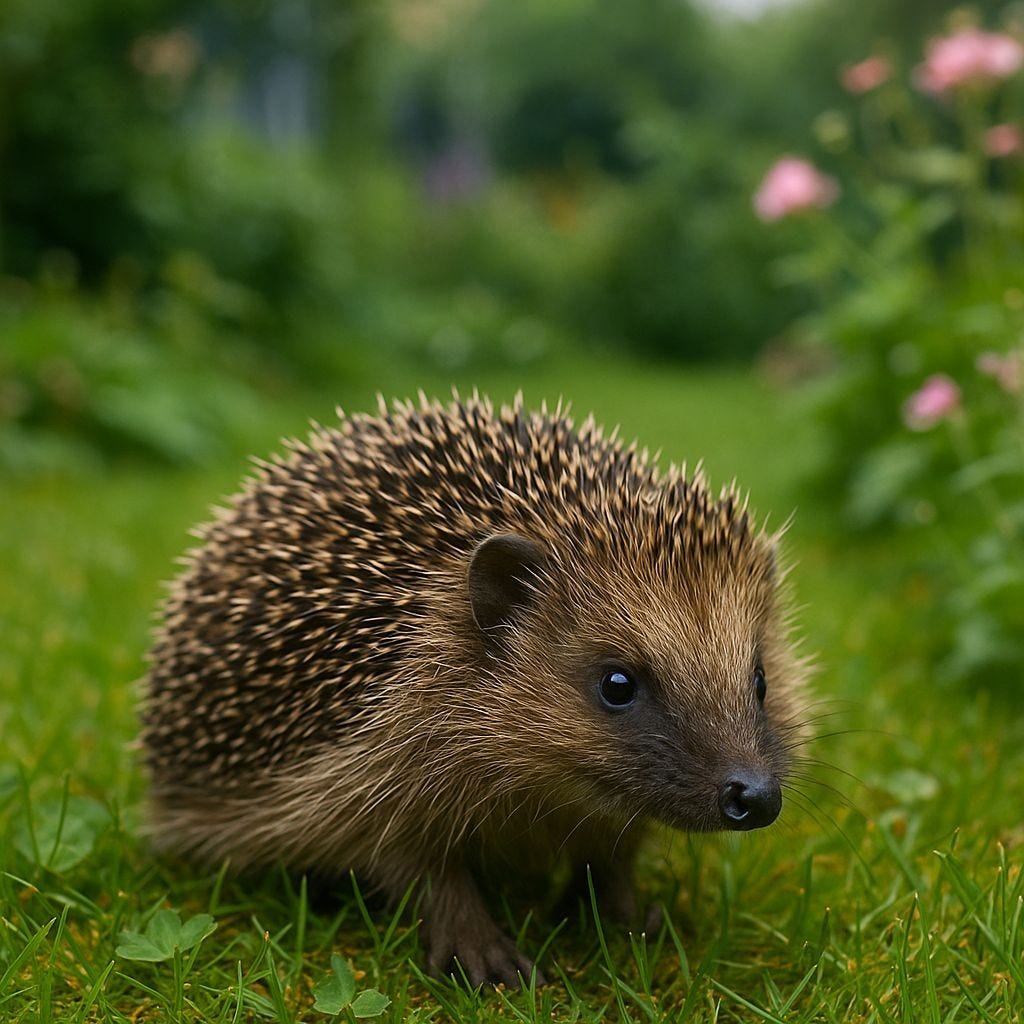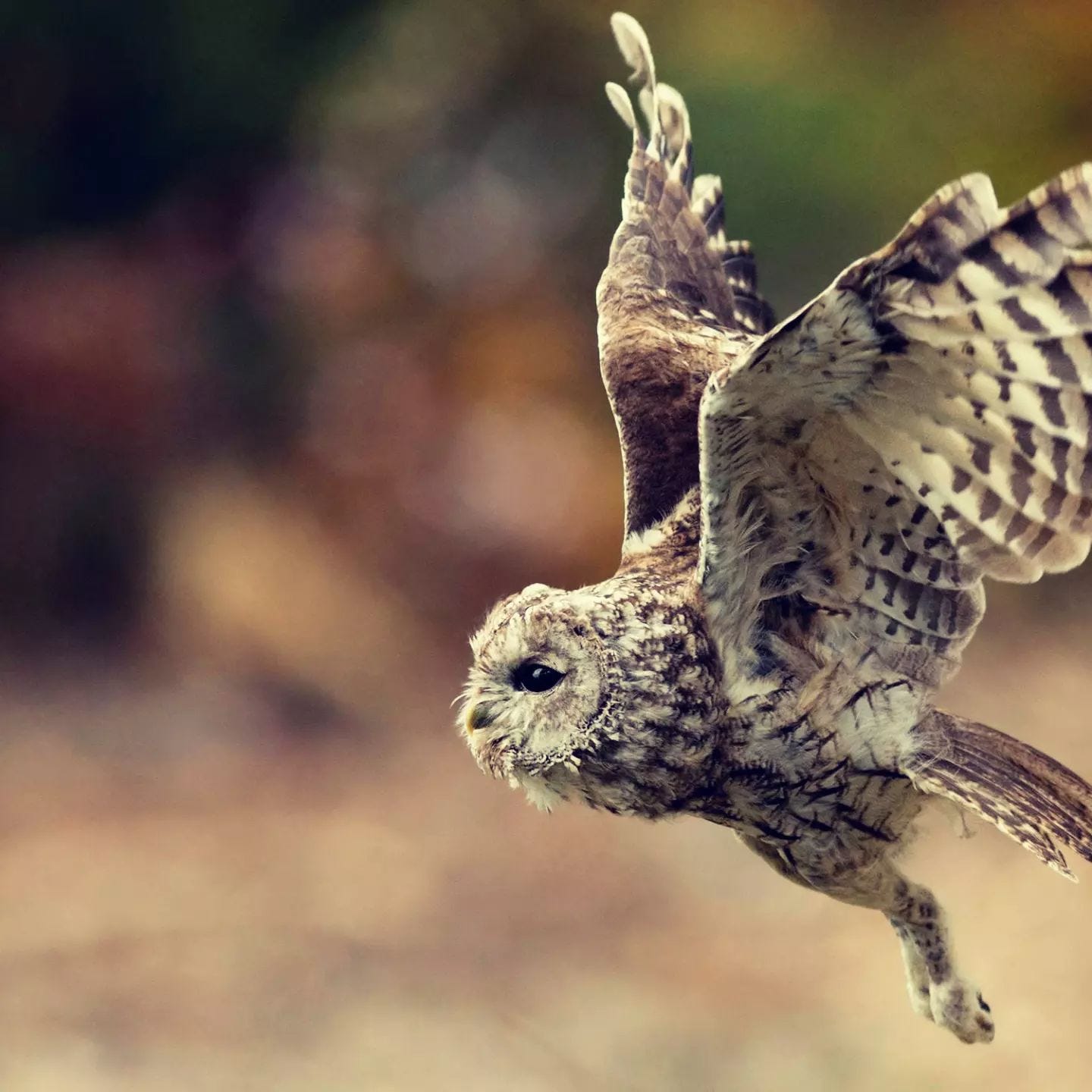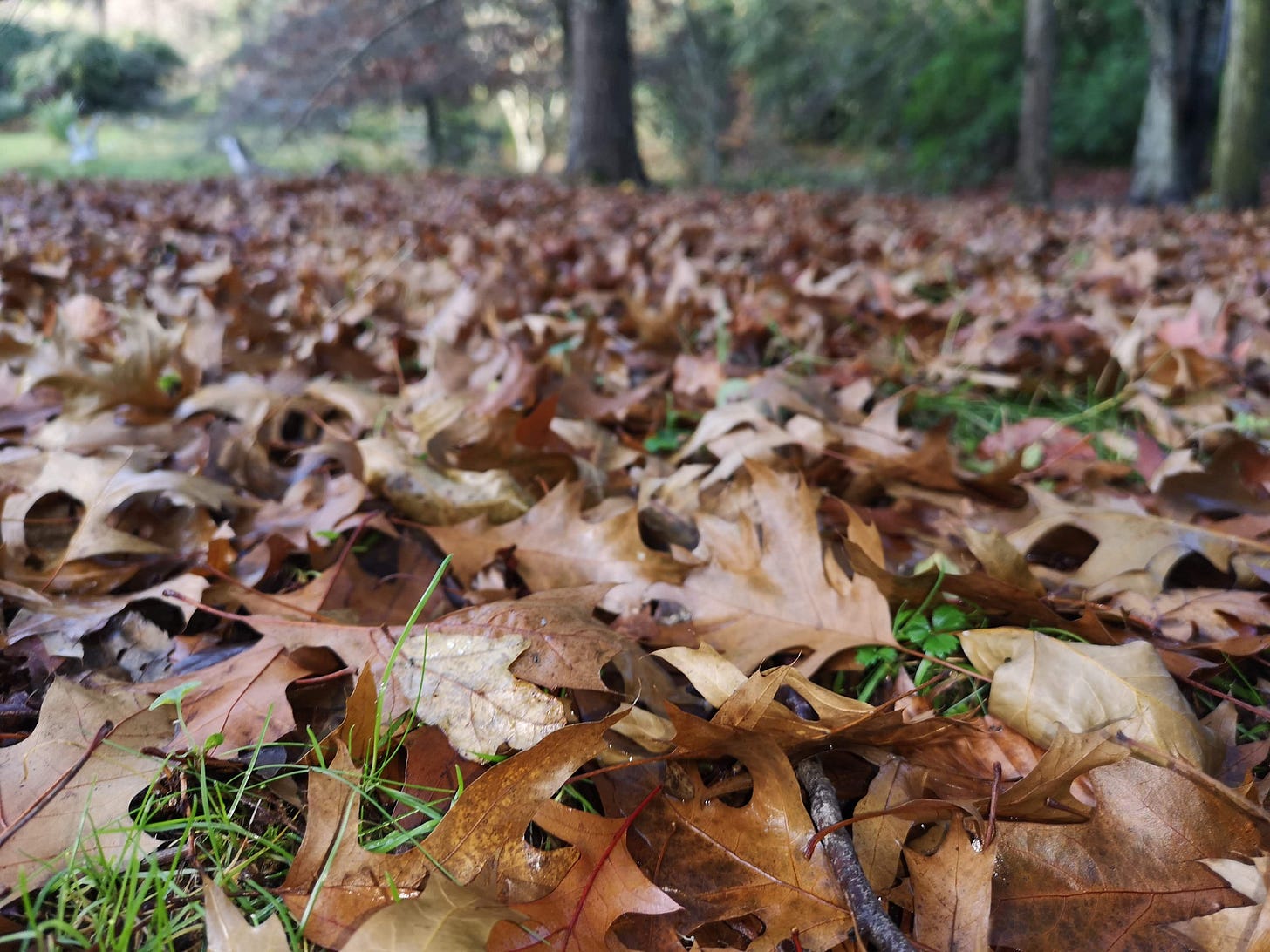Autumn’s Grand Wildlife Finale
Autumn’s last act of brilliance: where nature’s grand finale meets dramatic displays. Red deer roam the moors, fieldfares flock in from Scandinavia, and fungi turn forests into art galleries.
Autumn in Britain is nature’s last hurrah before the winter curtain falls. While we’re busy crunching through fallen leaves and reaching for woolly jumpers, the wildlife around us is staging one of the year’s most dramatic performances.
This is the season when red deer bellow across misty moorlands, fieldfares arrive from Scandinavia in chattering flocks, and fungi transform forest floors into otherworldly galleries. For Britain’s wild residents, autumn isn’t about winding down, it’s about preparation, transformation, and in many cases, spectacular displays that rival anything spring can offer. From the hedgehog frantically building up fat reserves to the salmon leaping upstream against all odds, autumn wildlife is wonderfully, urgently alive.
1. Red Deer: The Monarchs of the Rut
October brings the red deer rut, and there’s nothing quite like witnessing a stag roaring across a Scottish glen at dawn. What many don’t realise is that these impressive males lose up to 20% of their body weight during the rut, becoming so fixated on defending their harem and fighting rivals that they barely eat for weeks. Their antlers, shed and regrown annually, can weigh up to 15kg each. Listen carefully and you’ll notice each stag has a slightly different roar - their own vocal signature that females learn to recognise. In LettsSafari parks we have our own smaller-scale version - the black follow. Smaller, but no less loud!
2. Grey Seals: Autumn’s Beach Babies
Britain hosts 40% of the world’s grey seal population, and autumn is pupping season. Between September and December, our beaches become nurseries for impossibly cute white-furred pups. Here’s the remarkable bit: pups are born weighing around 14kg and gain approximately 2kg per day on their mother’s milk, which contains 60% fat - five times richer than cow’s milk. Mothers don’t eat at all during the three-week nursing period, losing up to a third of their body weight to give their pup the best possible start.
3. Fieldfares: The Viking Invaders
When fieldfares arrive in autumn from Scandinavia, they bring a taste of the wild north with them. These striking thrushes, larger than their resident cousins, travel in noisy flocks that can number in the thousands. What’s fascinating is their cooperative defence strategy: when threatened by predators, they actually defecate on the attacker, matting feathers and potentially causing fatal loss of insulation or flight ability. They’re also surprisingly brave, mobbing birds of prey that would make other thrushes flee.
4. Hedgehogs: The Race Against Winter
Autumn is absolutely critical for hedgehogs, and here’s why: they need to weigh at least 600g to survive hibernation. Young hedgehogs born in late summer are in a desperate race to bulk up before the cold arrives. A hedgehog’s heart rate drops from 190 beats per minute to just 20 during hibernation, and they can go months without eating. If you spot a small hedgehog out during the day in late autumn, it’s likely in trouble and may need help from a wildlife rescue.
5. Atlantic Salmon: The Ultimate Endurance Athletes
Salmon returning to British rivers in autumn are attempting one of nature’s most extraordinary feats. After years at sea, they navigate back to the exact stream where they were born, sometimes travelling 100 miles upstream. Here’s what’s truly incredible: they don’t eat during their entire freshwater journey, surviving purely on stored reserves while leaping waterfalls and fighting currents. Some lose half their body weight. Most die after spawning, making this quite literally a one-way mission.
6. Tawny Owls: Autumn’s Territory Wars
Autumn nights echo with the hooting of tawny owls re-establishing territories. Young owls born earlier in the year are now being forcibly evicted by their parents, leading to intense vocal disputes. What many don’t know is that tawny owls have completely asymmetrical ear openings, one higher than the other, allowing them to pinpoint prey in total darkness with astonishing accuracy. They can also rotate their heads 270 degrees, though contrary to popular belief, they can’t turn them all the way around.
7. Fungi: The Underground Network Awakens
Autumn’s damp conditions trigger the fruiting of thousands of fungi species, from tiny bonnets to giant puffballs. But the mushroom you see is just the tip of the iceberg, underground, fungal networks called mycelia stretch for miles, connecting trees in what scientists call the “wood wide web.” Some fungi, like the honey fungus, can be thousands of years old and cover vast areas. These networks allow trees to share nutrients and even send chemical warning signals about pest attacks.
8. Jays: The Forest Planters
Jays transform into hyperactive hoarders each autumn, and they’re inadvertent heroes of woodland regeneration. A single jay can cache up to 5,000 acorns in a season, hiding them across their territory for winter food. They don’t find all of them, and those forgotten acorns become oak trees. Jays have incredible spatial memory but also use visual landmarks to relocate their hoards. They’re essentially planting forests, one acorn at a time, driven by nothing more than the urge to survive winter.
9. Migrating Raptors: The Invisible Highway
While many birds arrive in Britain for autumn, others are passing through on their way south. Honey buzzards, ospreys, and marsh harriers follow invisible flyways across the country. What’s remarkable is how young birds, migrating for the first time without parental guidance, somehow know exactly where to go. Scientists believe they use a combination of the Earth’s magnetic field, star patterns, and even smell to navigate. Some ospreys travel 5,000 miles to West Africa, returning to the same nest year after year.
10. Pipistrelle Bats: The Last Feast
Britain’s most common bats are frantically feeding on autumn insects, building up the fat reserves needed for hibernation. Pipistrelles are astonishingly effective hunters, consuming up to 3,000 insects per night using echolocation calls pitched too high for human ears. What’s surprising is that they don’t actually fly south, they hibernate in buildings, trees, or caves right here in Britain, with their heart rate dropping to just 20 beats per minute and their body temperature falling to match their surroundings.
Saving Bats One LettsSafari Park at a Time
A number of Britain’s rarest bats, including the grey long-eared bat, have been discovered at LettsSafari parks thanks to a joint project with the UK’s Bat Conservation Trust.
Rewilding Your Patch: Autumn Action for Nature’s Comeback
Autumn is actually the perfect time to start rewilding your garden, balcony, or local community space. The key is working with nature’s rhythms rather than against them.
Leave the leaves. That compulsion to rake up every fallen leaf? Resist it. LettsSafari often reminds us that leaf litter is winter accommodation for countless insects, hedgehogs, and amphibians. Pile leaves in corners, under hedges, or around tree bases - you’re creating wildlife hotels.
Plant native trees and shrubs. Autumn is ideal for planting bare-root trees like hawthorn, rowan, and crab apple. These provide berries for winter thrushes and early spring blossom for bees. Even a single hawthorn in a small garden can support 300 insect species.
Create log piles. That wood you were planning to dispose of? Stack it loosely in a shady spot. Stag beetles, slow worms, and countless fungi will colonise it. One log pile can support an entire ecosystem for years.
Keep reading with a 7-day free trial
Subscribe to LettsSafari+ to keep reading this post and get 7 days of free access to the full post archives.










